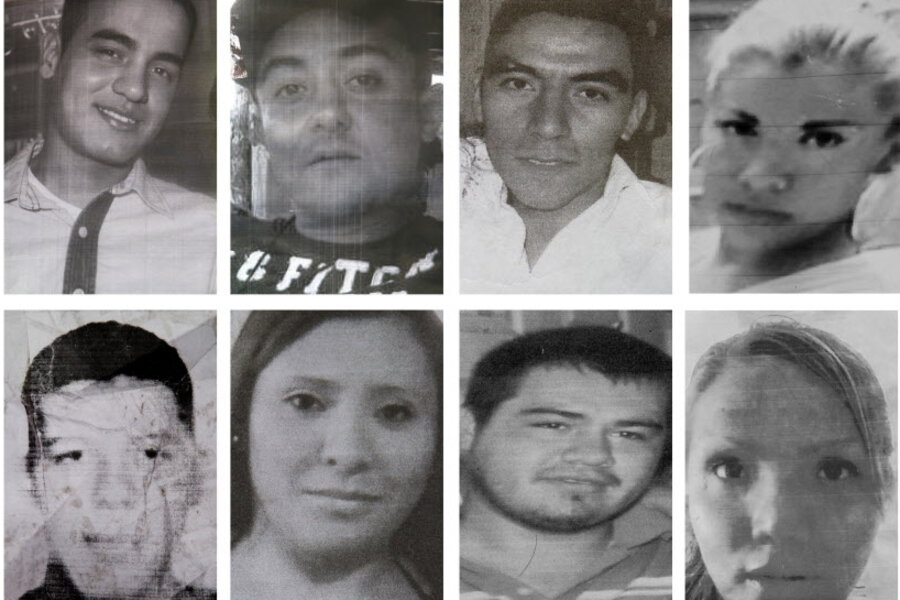Mass grave tied to Mexico City nightclub kidnapping
Loading...
| Mexico City
Authorities say a mass grave uncovered outside Mexico City contained the bodies of five of the people abducted from a nightclub in May.
The case of the 12 young people kidnapped in broad daylight from Heaven, an after-hours bar a block off the city’s skyscraper-lined Reforma Avenue, and one other missing person in a related case, captured headlines internationally and worried residents about the specter of organized crime in the capital. Mexico City has largely escaped the drug violence that has plagued many other parts of the country and contributed to a death toll of more than 70,000 during the past six years.
Prosecutors have said the abductions from the Heaven bar were linked to a dispute between rival street gangs that control local drug sales in the capital’s nightclubs. However, the families of the disappeared told the Associated Press that the missing young people were not involved in drug trafficking.
The grave, unearthed by federal and city authorities, contained 13 bodies.
Ricardo Martinez, a lawyer for relatives of the missing, said the other bodies would be identified as the remaining missing young people, the Associated Press reported.
On Thursday, the federal attorney general’s office said agents obtained a warrant to search the ranch in Tlalmanalco, Mexico state, after receiving information about a possible illegal weapons cache. Upon investigating the property they discovered the grave, according to Renato Sales Heredia, an assistant attorney general.
The city’s prosecutor’s office and Mayor Miguel Angel Mancera made a repeated effort when news of the kidnapping broke three months ago to assure residents that organized crime doesn’t exist in the capital, and attributed the violence to local gangs.
“Effective leadership and administrative continuity are likely factors that have helped to bolster law enforcement in the DF,” or federal district of Mexico City, says David Shirk, director of the Justice in Mexico Project and a professor of political science at the University of San Diego.
He adds, “But there is little doubt that both major and minor organized crime groups operate in Mexico City and have engaged in drug trafficking and money laundering center in the capital for decades.”
Even as fighting fueled by the drug trade has battered other parts of the country, Mexico City—where drug consumption is on the rise — has not, until now, seen the mass abductions or killings that have been a hallmark of cartel violence elsewhere.
Raul Benitez, a security expert at the National Autonomous University of Mexico, says that Mexico City and the federal government have thrown the full weight of its security apparatus into this case.
“[The city] has made a very big effort to go after those responsible,” Mr. Benitez says. “It’s a very strong message. Neither the city nor the federal government is going to tolerate armed violence in the DF.”
Authorities have detained five people in the case, including bar owner Ernesto Espinosa Lobo, also known as “The Wolf.” He has been charged with kidnapping.
In another twist to the case, last month a co-owner of the Heaven bar, Dax Rodriguez Ledezma, was found dead in a rural area south of Mexico City, his body burned and dumped alongside that of his girlfriend and another woman.








